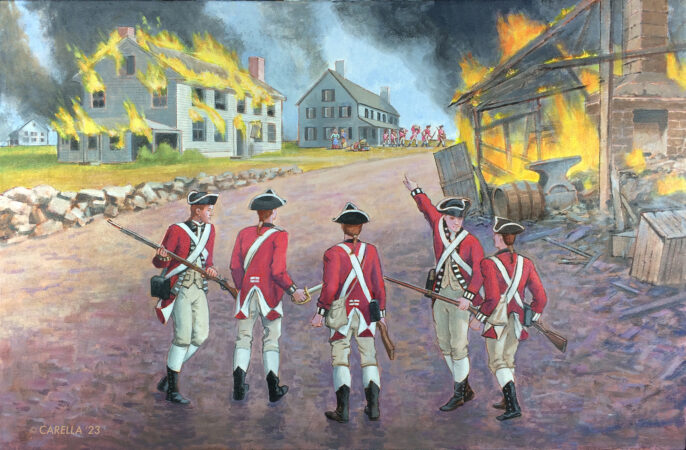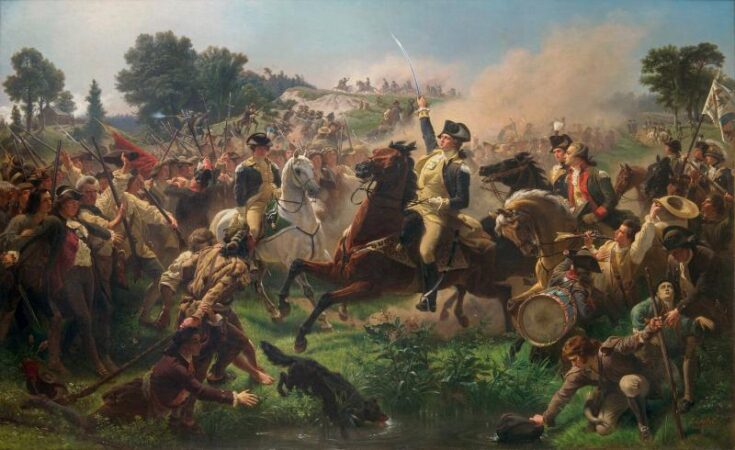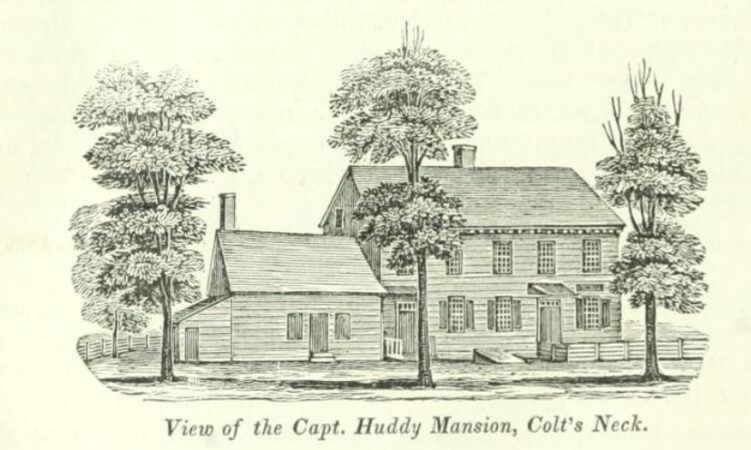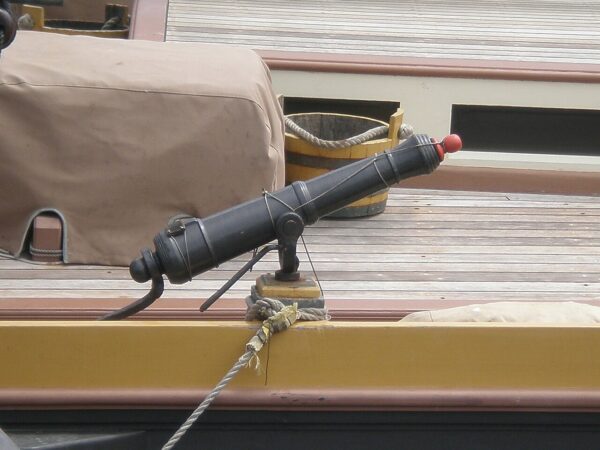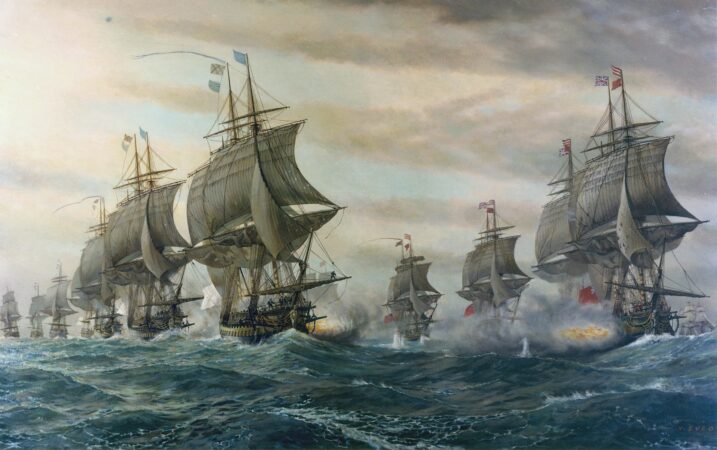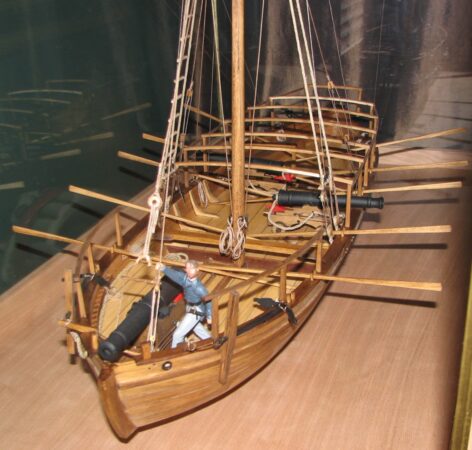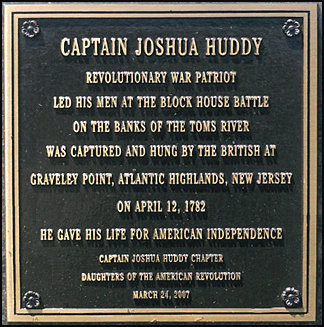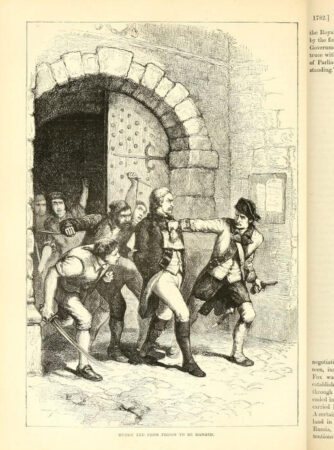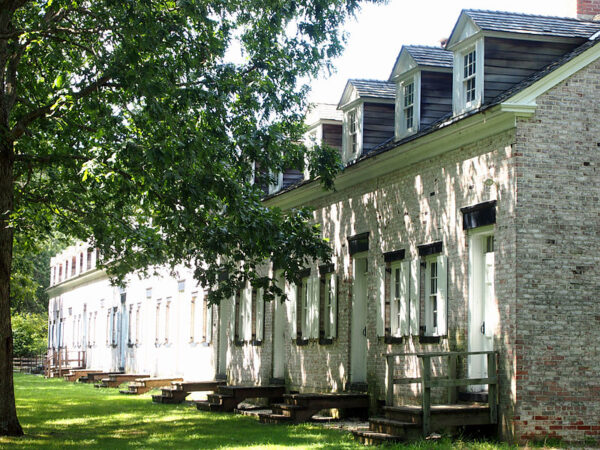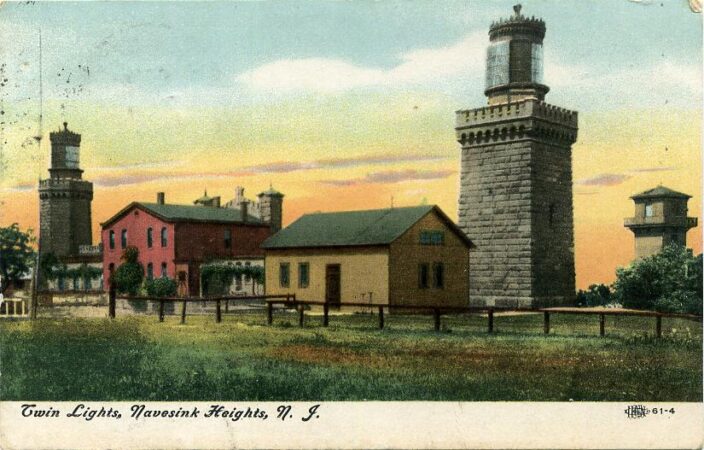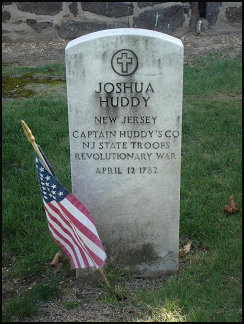Monmouth County Timeline
June 27, 1778
The Sack of Monmouth Court House
June 27 was supposed to be a day of rest, and for most of British Lt. General Sir Henry Clinton's troops, it was. But for some, it was an opportunity not to be missed, an opportunity for retribution. General Clinton’s...
June 28, 1778
The Battle of Monmouth
Editor’s note: The following is adapted from the Battle of Monmouth Fact Sheet published by the Friends of the Monmouth Battlefield. On Sunday, June 28, 1778, an American army of about 14,500, including about 1,000 militia, engaged a British army...
August 12, 1778
Continential Army Major General Charles Lee Convicted at Court-Martial
On August 12, 1778, just two weeks after the Battle of Monmouth during the Revolutionary War, Major General Charles Lee was convicted at his court-martial of all three charges laid against him for his conduct during the early stages of...
October 27, 1778
Joshua Huddy, Innkeeper
On October 27, 1778, Huddy married Catherine Applegate Hart, the widow of Levy Hart, a Jewish tavern keeper in Colts Neck who had died in 1775. Although Protestants, Catherine Applegate and her sister Hannah both married prosperous Jews in Monmouth...
June 10, 1779
The Razing of Tinton Falls: 16 Dead in Waterfront Fighting Between Monmouth County Patriots and Loyalists
On June 10, 1779, a raiding party of about 100 Loyalists left British-controlled Sandy Hook and attacked Tinton Falls for the second time in six weeks, seeking guns, ammunition, food, supplies, and to arrest local leaders of the militia. The...
July 15, 1779
Colonel Tye and his Black Brigade Become the Scourge of Monmouth County Patriots
Col. Tye, now based in Refugeetown on Sandy Hook, along with other escaped slaves, black freedmen, and loyalists from Monmouth County as well as elsewhere. Col. Tye begins a reign of terror, leading raids into his former neighborhoods at the...
December 28, 1779
The Capture of the British Privateer Britannia by the Middletown Militia
By Maureen Foster Sandy Hook and the neighboring Highlands of the Navesink have always played an important role in the safety and defense of New York harbor. During the Revolutionary War (1776-1783), British troops and Loyalist refugees occupied Sandy Hook,...
August 5, 1780
Joshua Huddy, Privateer
On August 5, 1780, Joshua Huddy received a privateer’s commission. Though best known for his exploits on land, Huddy also supported the revolutionary cause on water, attacking and seizing British ships both to hamper enemy operations and to earn the...
September 1, 1780
The Fatal Showdown Between Colonel Tye and Joshua Huddy
Original illustration exclusively for Monmouth Timeline, ©2021 by Charles Swerdlow, all rights reserved. In the years following the Battle of Monmouth, residents of Monmouth County engaged in an escalating civil war between residents siding with the Revolutionary cause, and residents...
September 20, 1781
Battle of the Chesapeake
On September 20, 1781, Royal Navy Admiral Graves' fleet sailed from Virginia back to Sandy Hook after sustaining sufficient damage and loss at the hands of the French navy at the Battle of the Chesapeake (also known as the Battle...
October 5, 1781
Privateer Adam Hyler, In Rowboats, Captures Five British Ships
On October 5, 1781, Captain Adam Hyler of New Brunswick led yet another attack on British and Loyalist merchant vessels in Raritan Bay; on this occasion, he and his oarsmen captured five valuable British ships within a quarter mile of...
March 24, 1782
Joshua Huddy is Captured Again; No Escape This Time
On February 1, 1782, Joshua Huddy was given command of the blockhouse at Toms River that was built to protect the local salt works. On March 24, 1782, Huddy finally faced a challenge he could not overcome. Commanding 25...
April 12, 1782
Up Goes Huddy
On April 12, 1782, about six months after the British commander Lord Cornwallis surrendered at Yorktown, effectively ending the Revolutionary War, Patriot militia Captain Joshua Huddy was removed from the infamous British Liberty Street Sugar House prison in New York...
April 14, 1782
Outrage Over the Martyred Joshua Huddy
When a group of Middletowners discovered Huddy’s body hanging from a makeshift gallows on a spring day in 1782, an overturned barrel at his feet and a vengeful placard on his breast, they had no idea that Huddy’s death would...
November 25, 1783
After the Death of Tye, The Black Brigade Soldiers On
Following the death of Colonel Tye, the Black Brigade came under the leadership of the African Bahamian soldier Stephen Blucke, whose Black Pioneers together with the Brigade made frequent raids from Sandy Hook into Long Island and New Jersey even...
May 31, 1799
Early Legislative History of New Jersey State Laws Concerning Wrecks
Overview In 1799, the New Jersey House of Assembly passed a new law entitled “An act concerning wrecks,” which would be revised and amended a number of times over subsequent years. The intent of the law was to establish that...
April 27, 1822
James P. Allaire Purchases Land in Monmouth County for the Howell Works Iron Foundry
On April 27, 1822, master mechanic and engineer James P. Allaire purchased a number of tracts of land, mostly in southern Monmouth County, from Wm. Newbold, which included an iron foundry. Allaire sought to develop this site to produce casting...
May 18, 1826
The Original Twin Lights of Navesink
On May 18, 1826, the U.S. Congress appropriated funds for a new lighthouse to be located in Highlands, which would become known as the Twin Lights of Navesink. Congress allocated funds to allow 2¾ acres of land to be purchased...
January 6, 1832
Wreckers! The Land Pirates of Monmouth County
Either the Barnegat Pirates are the most infamous scoundrels upon the face of the earth, or they are a much injured set of men. New Jersey State Senator Alexander Wurts of Hunterdon County, in a resolution adopted by the...

